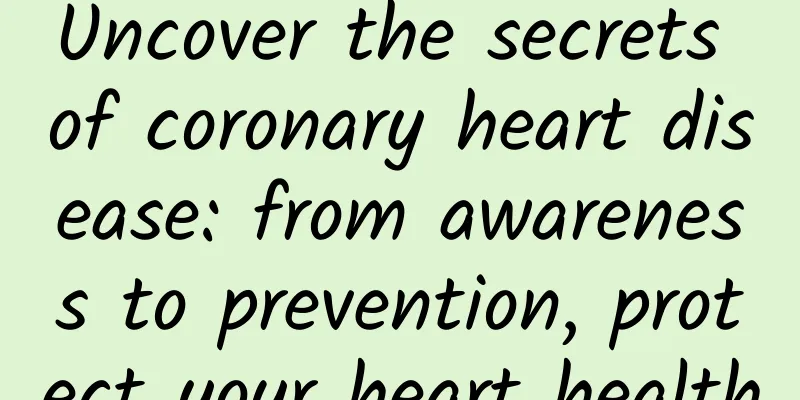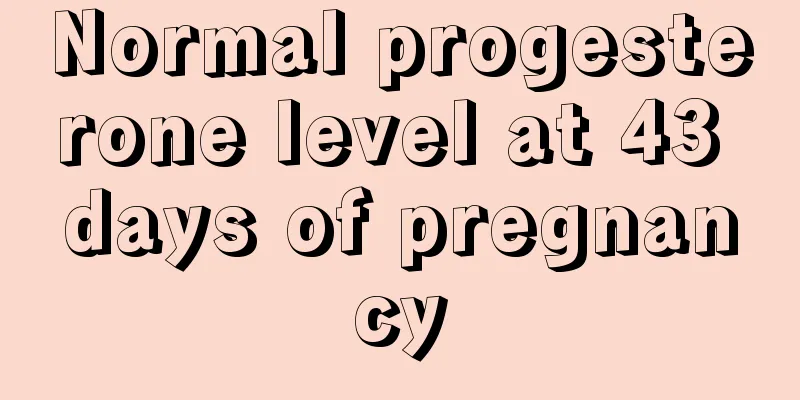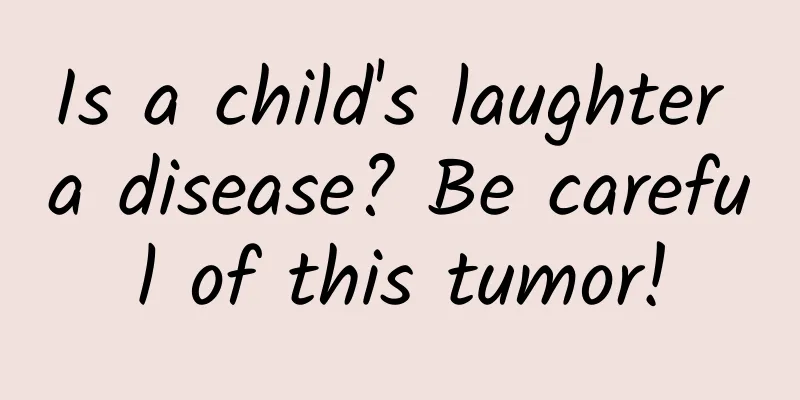Uncover the secrets of coronary heart disease: from awareness to prevention, protect your heart health

|
Author: Zhang Lixin, Chief Nurse, Beijing Anzhen Hospital, Capital Medical University Reviewer: Chen Qiling, Chief Physician, Peking University People's Hospital Coronary heart disease, as the "number one killer" among cardiovascular diseases, has quietly cast its shadow over many families. Especially as people age, it is like a latent crisis, silently affecting the health of the middle-aged and elderly population. If we compare the heart to a busy city, the coronary arteries are the lifeline that keeps the city running. Once these "arterial highways" have problems, the city of the heart will fall into an energy crisis, and chest pain, chest tightness and other uncomfortable symptoms will follow. In severe cases, it may even lead to myocardial infarction or sudden cardiac death. So, in the face of coronary heart disease, what can we do? Figure 1 Original copyright image, no permission to reprint First of all, a deep understanding of coronary heart disease is the first step. Coronary heart disease, the full name is coronary atherosclerotic heart disease, is prone to the following factors: Gender and age: The risk of coronary heart disease in men is generally higher than that in women, but the risk of coronary heart disease in women increases significantly after menopause. In addition, the risk of coronary heart disease increases gradually with age, especially for people over 40 years old. The prevalence of coronary heart disease doubles with every 10 years of age. Genetic factors: Genetic factors play an important role in the development of coronary heart disease. If there is a history of early-onset coronary heart disease in the family (before the age of 55 for men and before the age of 65 for women), the risk of coronary heart disease in their offspring will increase, so prevention should be strengthened. Personality and lifestyle: Personality traits such as impatience, irritability, and over-ambition, as well as a lifestyle lacking physical activity, may increase the risk of coronary heart disease. People who sit still for a long time and lack exercise have slower blood circulation, which makes them more likely to develop coronary heart disease. Three highs and metabolic problems: High blood pressure, high blood lipids, and high blood sugar are the three major risk factors for coronary heart disease, known as the "three highs." These metabolic problems are often interrelated, forming metabolic syndrome, which further increases the risk of coronary heart disease. When patients with coronary heart disease experience sudden chest pain, it is crucial to take the correct emergency measures. Here are some key recommendations: Call the emergency number 120 immediately: If you find that a patient has sudden chest pain, you should call the emergency number 120 immediately and inform the patient's basic condition and symptoms. Keep the patient quiet and comfortable: While waiting for the arrival of emergency personnel, ensure that the patient lies or sits quietly, keeps the environment quiet, unbuttons the collar, and ensures indoor air circulation. Blood pressure measurement and medication: If conditions permit, the patient's blood pressure can be measured. If nitroglycerin is available and the patient's blood pressure is not low (systolic pressure is not less than 90 mmHg), the patient can be given sublingual nitroglycerin. After 3-5 minutes of observation, if the symptoms are not relieved, the patient can consider giving the drug again under the guidance of a doctor. If the patient's blood pressure is too low, nitroglycerin should not be used; if loss of consciousness occurs, cardiopulmonary resuscitation should be started immediately. Figure 2 Original copyright image, no permission to reprint Avoid driving to the hospital by yourself: In the event of sudden chest pain, patients should avoid driving to the hospital by themselves to avoid accidents on the way. Prevention of coronary heart disease is a systematic project from the source to the entire treatment process. Primary prevention emphasizes changes in lifestyle, advocating smoking cessation, alcohol restriction, regular exercise, maintaining an optimistic attitude, and controlling the "three highs". Secondary prevention is for confirmed patients, requiring strict compliance with doctor's orders, controlling the condition through medication such as low-dose aspirin or statins, and regular check-ups to avoid worsening of the condition. Tertiary prevention is for those with severe conditions, striving to improve the quality of life and prolong life through intensive treatment and life management. Family members learning cardiopulmonary resuscitation skills will increase the safety of patients, because in an emergency, every second of correct handling may save a life. |
>>: Athlete's foot keeps coming back, can it be cured?
Recommend
Why does menstrual odor smell so bad?
Generally speaking, girls will have their first p...
What medicine to take for purulent leucorrhea
The leucorrhea secreted by healthy women is color...
How long does it take to maintain a threatened miscarriage?
In the early stages of a woman's pregnancy, s...
What tests are needed at 6 weeks of pregnancy
In the sixth week of pregnancy, some expectant mo...
What to do with early postpartum hemorrhage
In fact, the mother's emotions during the del...
The causes of abdominal distension in women
I believe many women have faced the problem of ab...
How to maintain the uterus?
Having a healthy body is very important for every...
How to clean octopus? Can the contents of octopus head be eaten?
Octopus is delicious and has high nutritional val...
ADHD, are you affected?
ADHD is attention deficit hyperactivity disorder ...
What is the guide for self-guided tours in Kunming, Yunnan and Lijiang? Which city in Yunnan, China is close to the Myanmar border?
The Water Splashing Festival in Xishuangbanna, Yu...
What folic acid should I take when preparing for pregnancy?
Children are very important to every family. They...
Tips for having a girl
Some people want to have both a son and a daughte...
Why does bleeding occur during early pregnancy?
A woman's body will undergo a series of chang...
Is epidural really painless?
Nowadays, rehabilitation medicine is relatively d...









